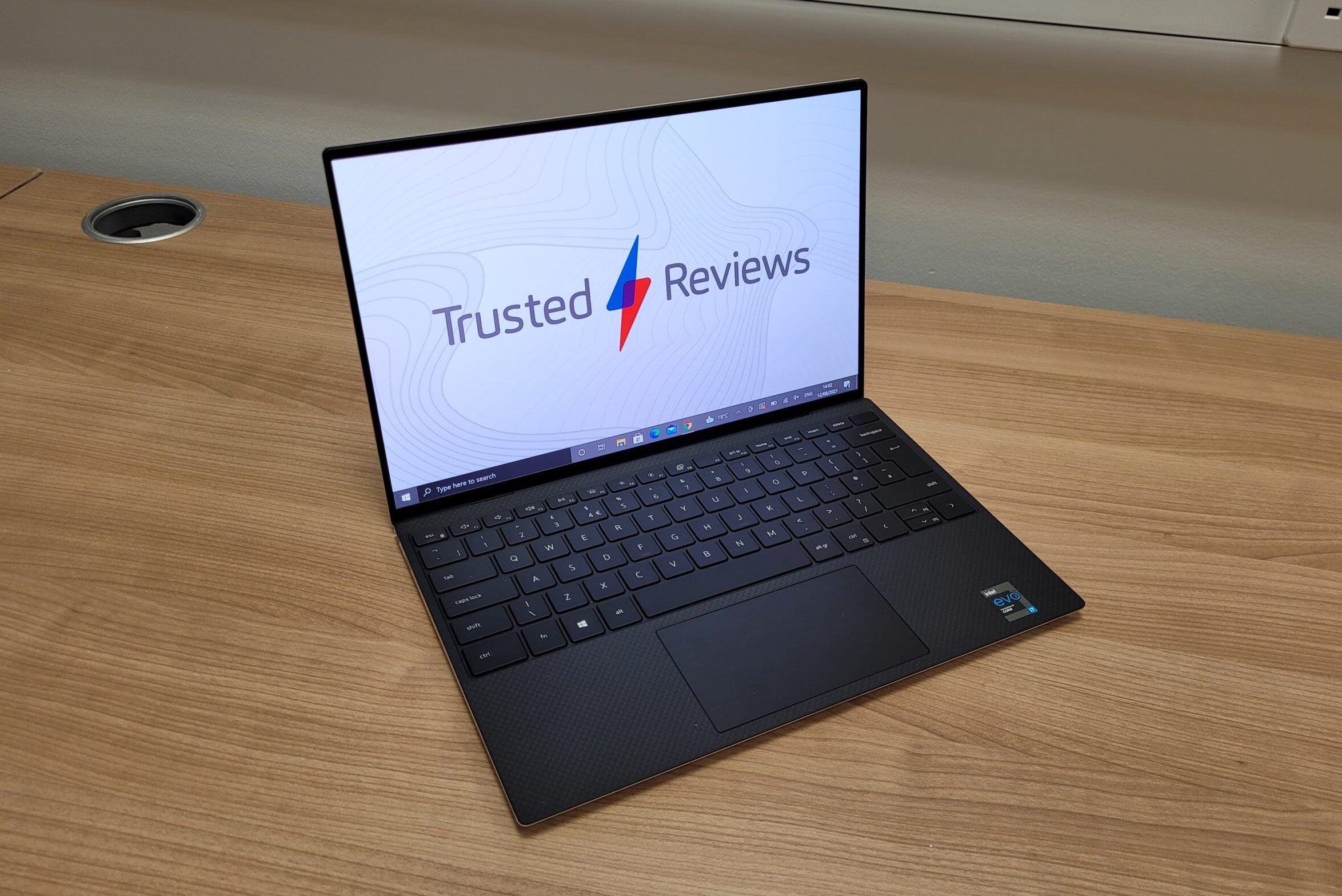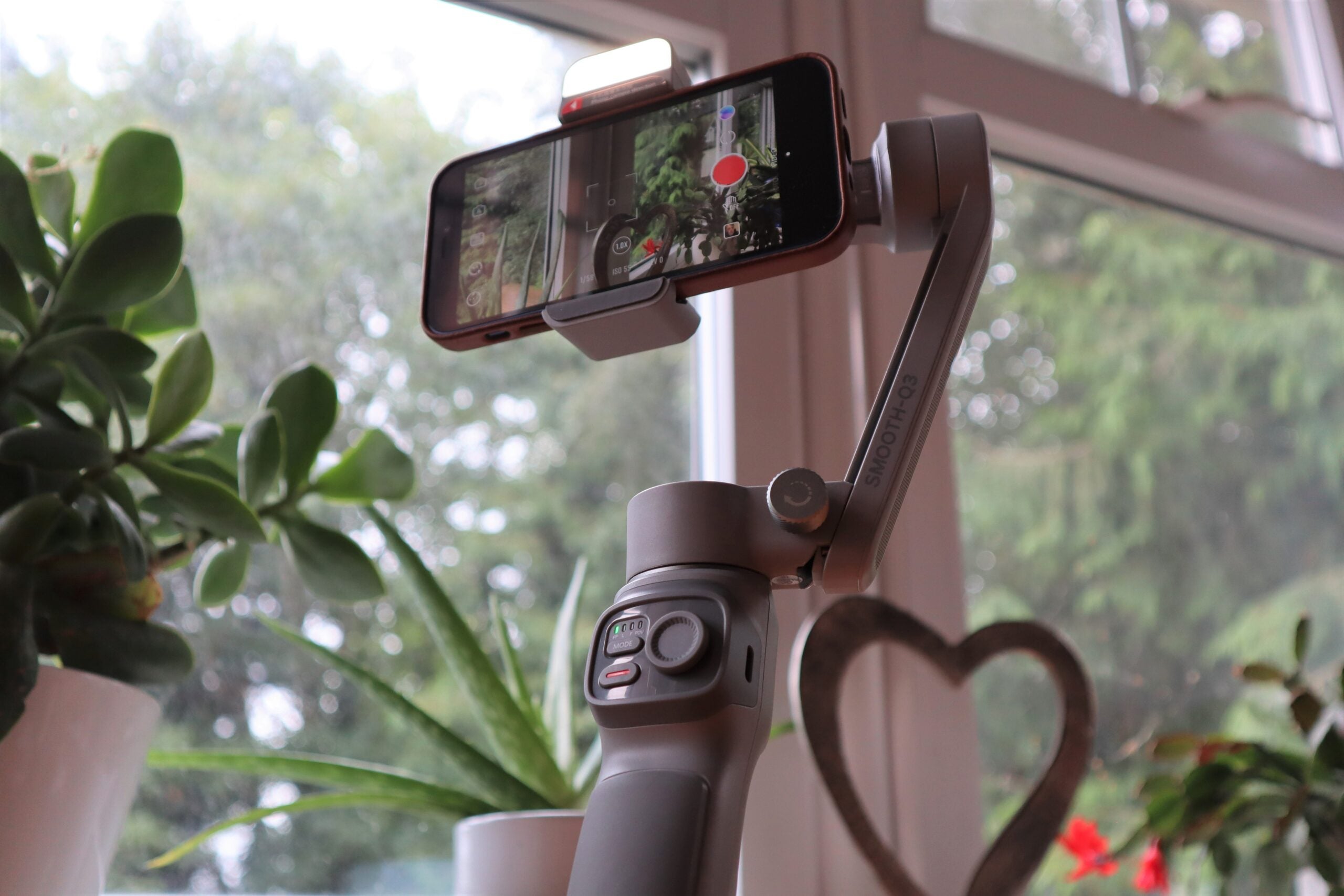Verdict
A great mid-range Wi-Fi 6 mesh system, the Linksys Velop Whole Home Intelligent Mesh WiFi 6 (AX4200) offers the perfect balance of price and performance, providing a reliable network even at range.
Pros
- Great app
- Strong performance
- Good price
Cons
- Proper parental controls cost extra
- Can’t manually select a wireless channel
Availability
- UKRRP: £349.98
- USARRP: $309.98
- EuropeRRP: €430.85
- Canadaunavailable
- Australiaunavailable
Key Features
-
TypeThis is a Wi-Fi 6 mesh system. It uses tri-bad wireless to provide the best stability and range
Introduction
After the initial spate of high-cost Wi-Fi 6 devices, we’re now firmly in the territory of more sensibly priced products, such as the brand-new Linksys Velop Whole Home Intelligent Mesh WiFi 6 (AX4200). This tri-band mesh system has slightly lower-spec Wi-Fi than the higher-end MX5600 system, but it’s a decent performer and offers a good range of features.
Design
- Available in multiple packs
- Each satellite is identical
- Satellites are quite tall
You can buy the Linksys Velop Whole Home Intelligent Mesh WiFi 6 (AX4200) in packs of one, two or three, depending on your requirements. The single pack is a good option for expansion, but I’d recommend the two-pack so you can use the mesh features.

In all cases, every satellite takes the form of a tall box (244 x 114 x 114mm) with one Gigabit Ethernet internet port, three Gigabit Ethernet network ports and a single USB port for sharing storage devices.
The first device that you hook up to your modem is the router; the others act as nodes on the network. It’s a slight shame that the internet port is only regular Gigabit Ethernet rather than 2.5Gbps Ethernet, which would be better for future-proofing.

Although the nodes aren’t particularly attractive, the plain white cases at least mean they don’t stand out too much.
Features
- Simple app for configuration
- Can’t choose a wireless channel manually
- Advanced features cost extra
The Linksys Velop Whole Home Intelligent Mesh WiFi 6 (AX4200) is configured through the Linksys smartphone app. If you create a Linksys account, then you can also remote control your network while you’re out of the house. This is handy if you need to reboot your Wi-Fi when you’re not at home.
Setup is pretty easy, with the app taking you through configuring and placing your satellites before creating your secure wireless network. All-in, it took me less than 15 minutes to get my mesh network running.
From the app, you can view the devices connected to your network, toggle the guest network, and manage your wireless network. There are points where the app doesn’t quite offer the full range of features that you’d expect. For example, you can get the system to re-scan for the best wireless network channel, but you can’t choose one manually.
On the app homescreen, you’ll probably notice the parental controls option. This sounds good, but the basic version is a little light on features. Here, you can pause the internet per device and schedule when a device can access the web, but you can’t bundle devices into easily controllable profiles. Web filtering at this level is also very basic: you have to manually enter the devices you want to block.

For more advanced controls, you’ll need to upgrade to Linksys Shield (£49.95), which provides proper web filtering and profiles, plus internet security.
Amazon Alexa and Google Assistant are both supported, letting you ask for your Wi-Fi details and toggle the guest network on and off. It’s nice to see HomeKit support, too. Once added to your home, the router can be configured to filter your smart home devices to stop them from communicating with each other or the outside world, and it all happens automatically, so you don’t have to do anything.
Performance
- Competitively fast
- Works well at distance
- Tri-band networking
The Linksys Velop Whole Home Intelligent Mesh WiFi 6 (AX4200) offers a tri-band network. Unlike the rival Netgear Orbi RBK852, which uses a dedicated wireless network for communication between satellites, the Linksys Velop allows devices to connect to any band. Communication between satellites also shares all available bandwidth.
While the high-end Velop MX5300 had four streams per network, here you get slightly fewer streams. There’s a two-stream 2.4GHz network (600Mbps), one two-stream 5GHz network (1200Mbps), and one quad-stream 5GHz network (2400Mbps). Streams are important, since they can be thought of as individual networks, providing dedicated bandwidth.
Devices can use one stream of dedicated bandwidth, allowing better sharing, but high-performance devices can utilise multiple streams to maximise throughput. With eight streams per satellite, that’s a fair amount of bandwidth available.
As with other mesh systems, the Velop AX4200 presents all of the Wi-Fi networks under one name, pushing connecting devices to the best network based on range, signal strength and features.
Testing the router, I found that it delivered a throughput of 492.99Mbps at close range, which is fast, dropping off to 305.10Mbps at 5m. At 10m, I still saw throughputs of 284.73Mbps, which is impressive. The dual-band competition, the Eero 6, is faster at range but drops off over distance, while the dual-band Orbi RBK352 is a fair way behind.

Best Offers
Should you buy it?
If you want great wireless performance from a Wi-Fi 6 system, but don’t want to pay top-end prices, this is a well-priced and reliable mid-range system.
For the absolute best performance, higher-end mesh system would be better. Conversely, if you just want something cheap that uses the latest technology, there are some great budget alternatives available, too.
Final thoughts
The Netgear Orbi RBK852 remains the best Wi-Fi 6 mesh system that I’ve tested in terms of speed – although it’s hugely expensive. If you’re looking for something more mid-range, then the Linksys Velop Whole Home Intelligent Mesh WiFi 6 (AX4200) impresses, maintaining good speeds at distance.
If you want to save a bit more cash, the cheaper Eero 6 system is a good budget alternative: it isn’t quite as fast, but you get three satellites in a pack for less money than a two-pack Velop system, delivering more total coverage. If you want something different, check out the guide to the best wireless routers.
How we test
Unlike other sites, we test every wireless router we review thoroughly over an extended period of time. We use industry standard tests to compare features properly. We’ll always reveal what we find. We never accept money to review a product.
Find out more about how we test in our ethics policy.
Used as our main wireless router for the review period
We throughput test all wireless devices using the same equipment in the same locations so that we have accurate comparisons
FAQs
Yes, it does – it can provide additional security for your smart devices.
You can buy it in a single pack or as a bundle of two or three satellites.
Specs
Jargon buster
Alexa
Amazon’s smart voice assistant
Google Assistant
A voice assistant which is Google’s take on Amazon’s Alexa.
HomeKit
Apple’s unifying smart home technology that lets you control compatible devices from Siri or the Apple Home app on iPhone and Mac.
Wi-Fi 6
One of the latest wireless standards that allows for faster speeds and better coverage when paired with compatible routers.













